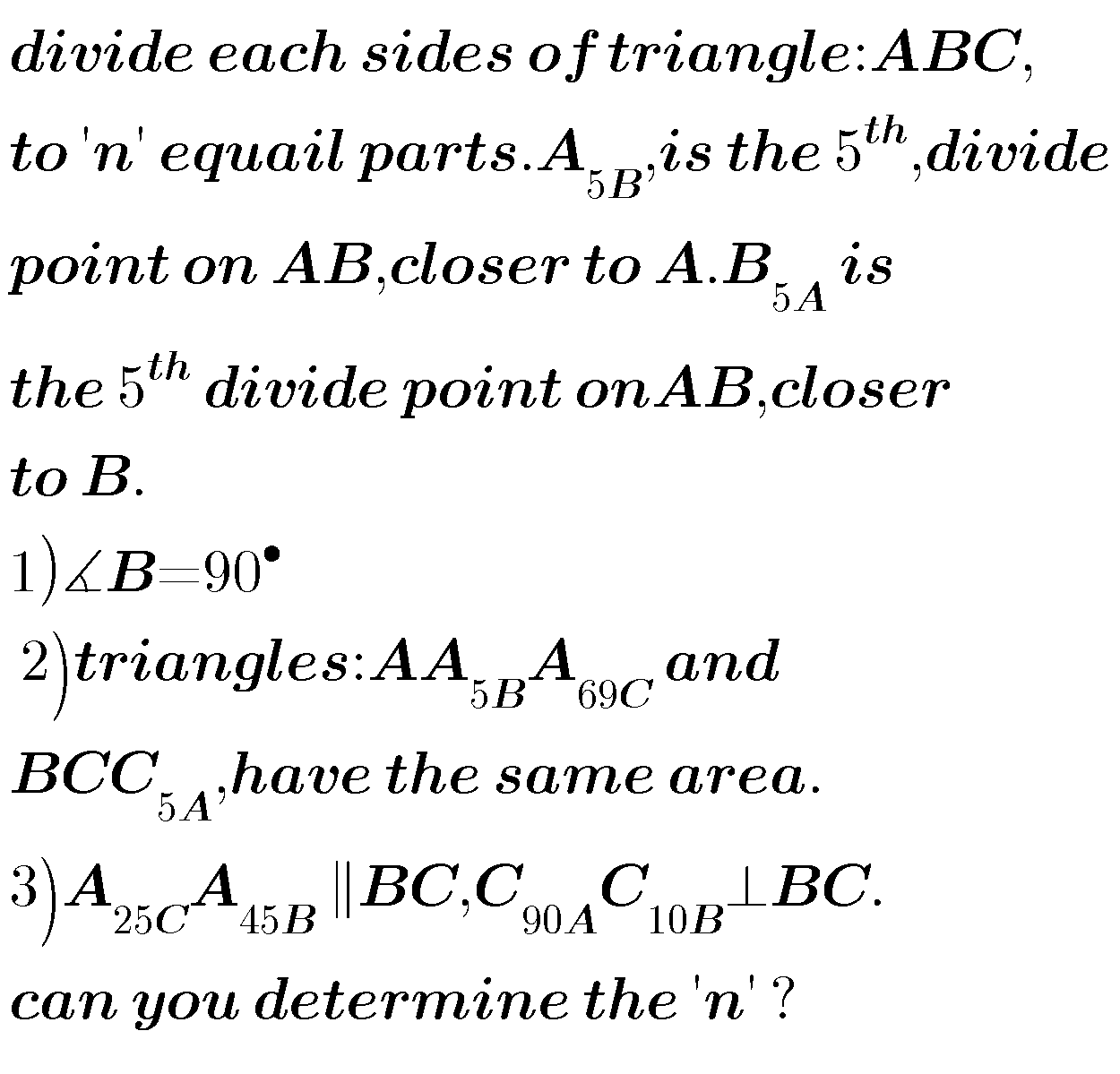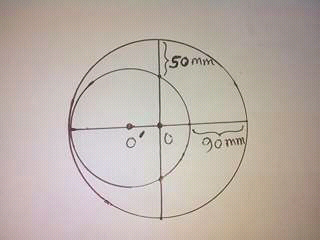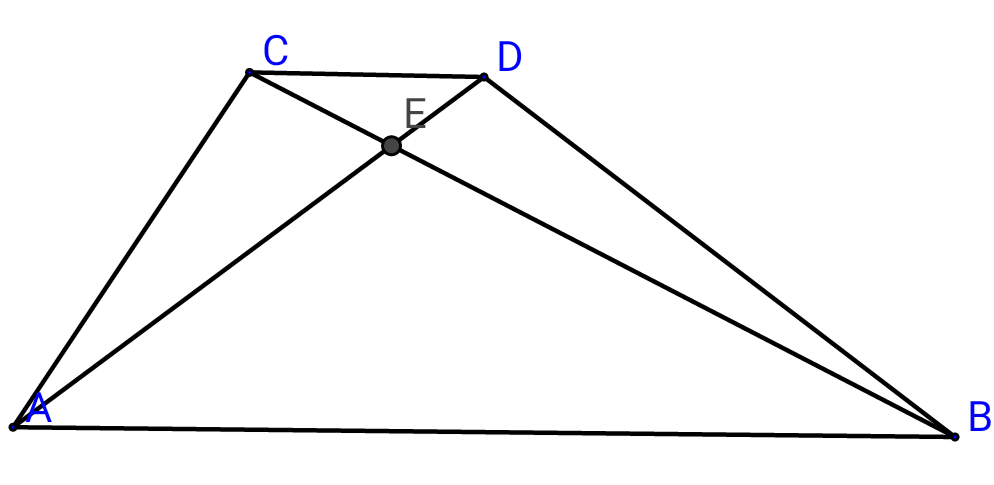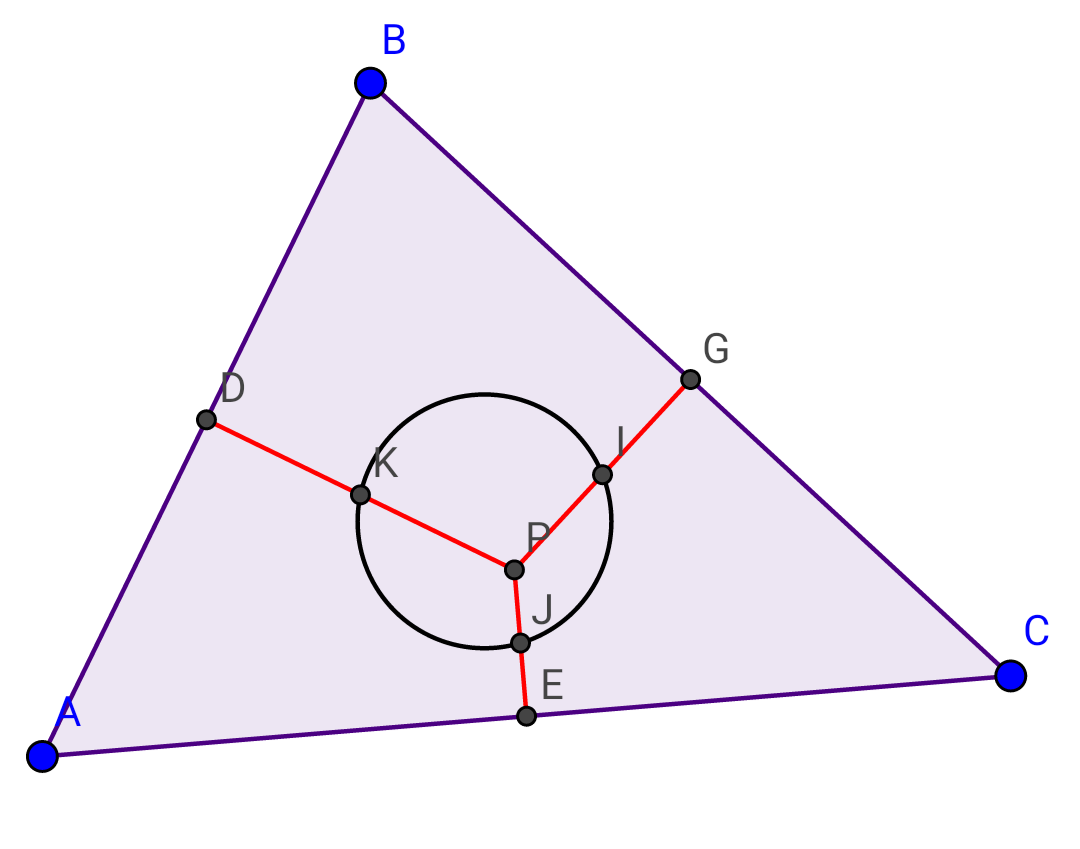
GeometryQuestion and Answers: Page 109
Question Number 18799 Answers: 1 Comments: 0

Question Number 18783 Answers: 1 Comments: 0
Question Number 18967 Answers: 0 Comments: 3
Question Number 18681 Answers: 1 Comments: 0
Question Number 18968 Answers: 1 Comments: 1
Question Number 18625 Answers: 1 Comments: 1
Question Number 19238 Answers: 0 Comments: 4
Question Number 18527 Answers: 0 Comments: 0
Question Number 18477 Answers: 0 Comments: 0
Question Number 18461 Answers: 1 Comments: 0

Question Number 18394 Answers: 0 Comments: 0

Question Number 18323 Answers: 0 Comments: 0
Question Number 18236 Answers: 0 Comments: 0
$$\int\:\frac{{dx}}{\mathrm{1}\:−\:\mathrm{sin}\:{x}\:+\:\mathrm{cos}\:{x}} \\ $$
Question Number 20977 Answers: 0 Comments: 1
Question Number 17939 Answers: 1 Comments: 1
Question Number 17901 Answers: 1 Comments: 2

Question Number 17948 Answers: 1 Comments: 3

Question Number 17886 Answers: 0 Comments: 7

Question Number 17884 Answers: 1 Comments: 1

Question Number 17935 Answers: 0 Comments: 0
Question Number 17771 Answers: 1 Comments: 1

Question Number 17743 Answers: 2 Comments: 0

Question Number 17692 Answers: 1 Comments: 0

Question Number 17653 Answers: 0 Comments: 6
Question Number 17614 Answers: 0 Comments: 3
Question Number 17580 Answers: 0 Comments: 8

Pg 104 Pg 105 Pg 106 Pg 107 Pg 108 Pg 109 Pg 110 Pg 111 Pg 112 Pg 113
